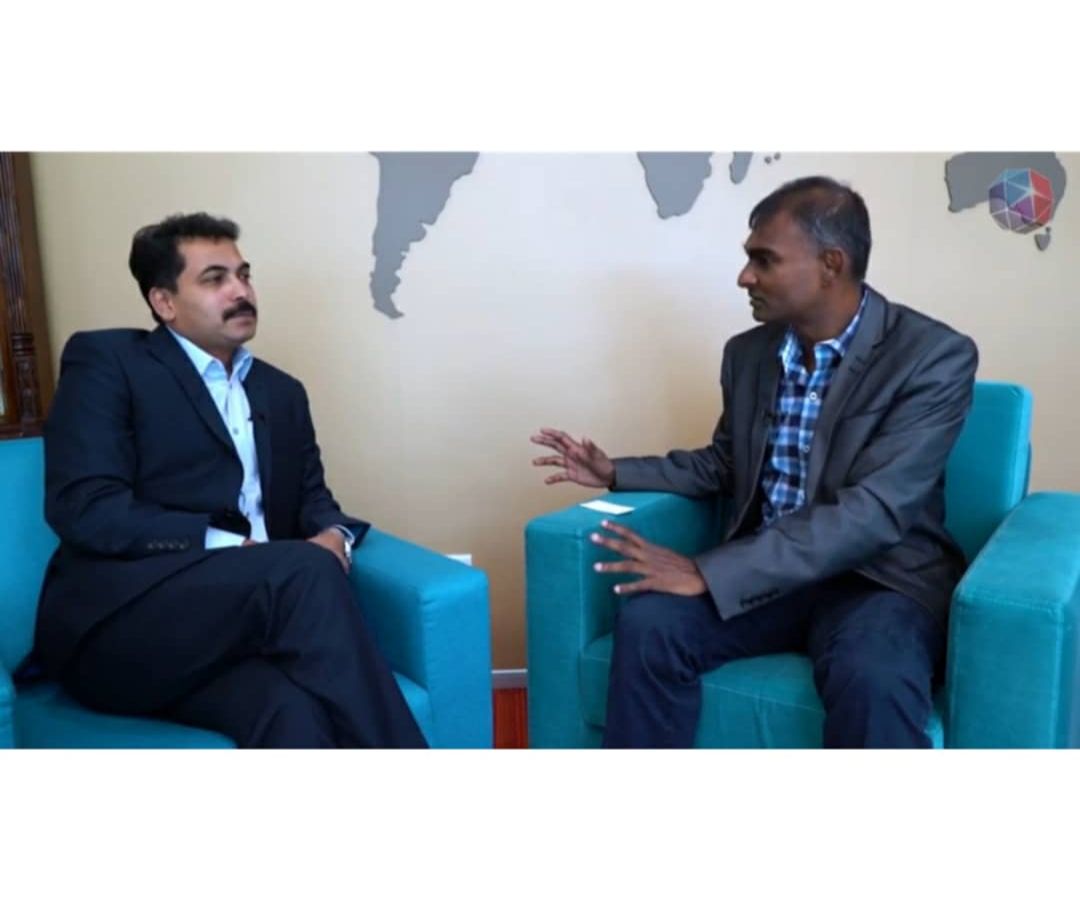Powerful Networks: Leveraging Collaborative Contributions

What does the science say?
Recent research by MIT highlights the importance of talent practices and its impact on improving collaboration within the organisation. This and many similar studies have reiterated the fact that talent management practices play an important role in enabling the achievement of business objectives by fostering innovation, change agility, diffusion of SME knowledge within the organisation and identifying high potentials who deliver business strategies.
The current talent practices mostly focus on an individual’s performance and development from the perspective of how they contribute to an organisation’s growth.
Having said this, the current talent practices mostly focus on an individual’s performance and development from the perspective of how they contribute to an organisation’s growth. The nature of work is changing and so is the workforce composition. With technology becoming the backbone of work, it is seldom that an individual can achieve the results without collaboration or teamwork. The work therefore is increasingly becoming team-centric.
The question therefore arises whether organisations need to expand their philosophy of talent management to include the ‘collaborative contributions’ of a talent?
What are collaborative contributions?
Collaborative contributions are the investments in the form of knowledge, support, teamwork, and collaboration, made by an employee to the internal and external network built in the organisation. Research by MIT has found that high performers in organisations develop, contribute, and leverage their network within and outside their organisation. Performance obviously is a given.
The talent practices spanning the employee life cycle need to integrate this network at an organisational level to enhance their efficiency and effectiveness.
High performers also invest in the network early in their career and through these networks, they extend their knowledge base to deepen their expertise and access valuable resources.
The network built by an employee around them plays an important role in their success, progress, development, and growth within the organisation. The talent practices however are yet to focus on treating this network as an important organisational resource which can deliver a sustainable competitive advantage.
How do we leverage collaborative contributions in talent practices?
Identifying and mapping the employee network helps the organisation in analysing the nature of influence an employee has on others with whom they frequently interact eg: friend, personal coach/mentor, inspirational leader, technical SME etc.
The talent practices spanning the employee life cycle need to integrate this network at an organisational level to enhance their efficiency and effectiveness. Organisations that leverage these networks in their talent management practices can better engage marginalised, hidden, and underutilised employees. While employee networks can be integrated with almost all talent practices, below are a few of them where such integration will enhance their efficiency and effectiveness:
To sum up
Organisations seeking to leverage their talent practices stand to significantly benefit from integrating the employee networks. In relying on traditional methods, organisations frequently end up not only overlooking talent but also not seeing that some of their high performers are not making ‘collaborative contributions’ to the organisation.
So, is your talent making collaborative contributions at work?
Reposted with permission on Leaderonomics.com.
Learn to collaborate in communities through necole:
Necole is a state of the art learning platform that curates personalised learning just for you. To find out more about necole, click here or email info@leaderonomics.com

Business
Tags: Executing Leadership, Culture, Systems & Structures, Talent Development
References:
- Schweer, M., Assimakopoulos, D., Cross, R., & Thomas, R. J. (2012). Building a Well-Networked Organisation
- J. Bughin and M. Chui, “The Rise of the Networked Enterprise: Web 2.0 Finds Its Payday,” December 2010, www.mckinseyquarterly.com.





